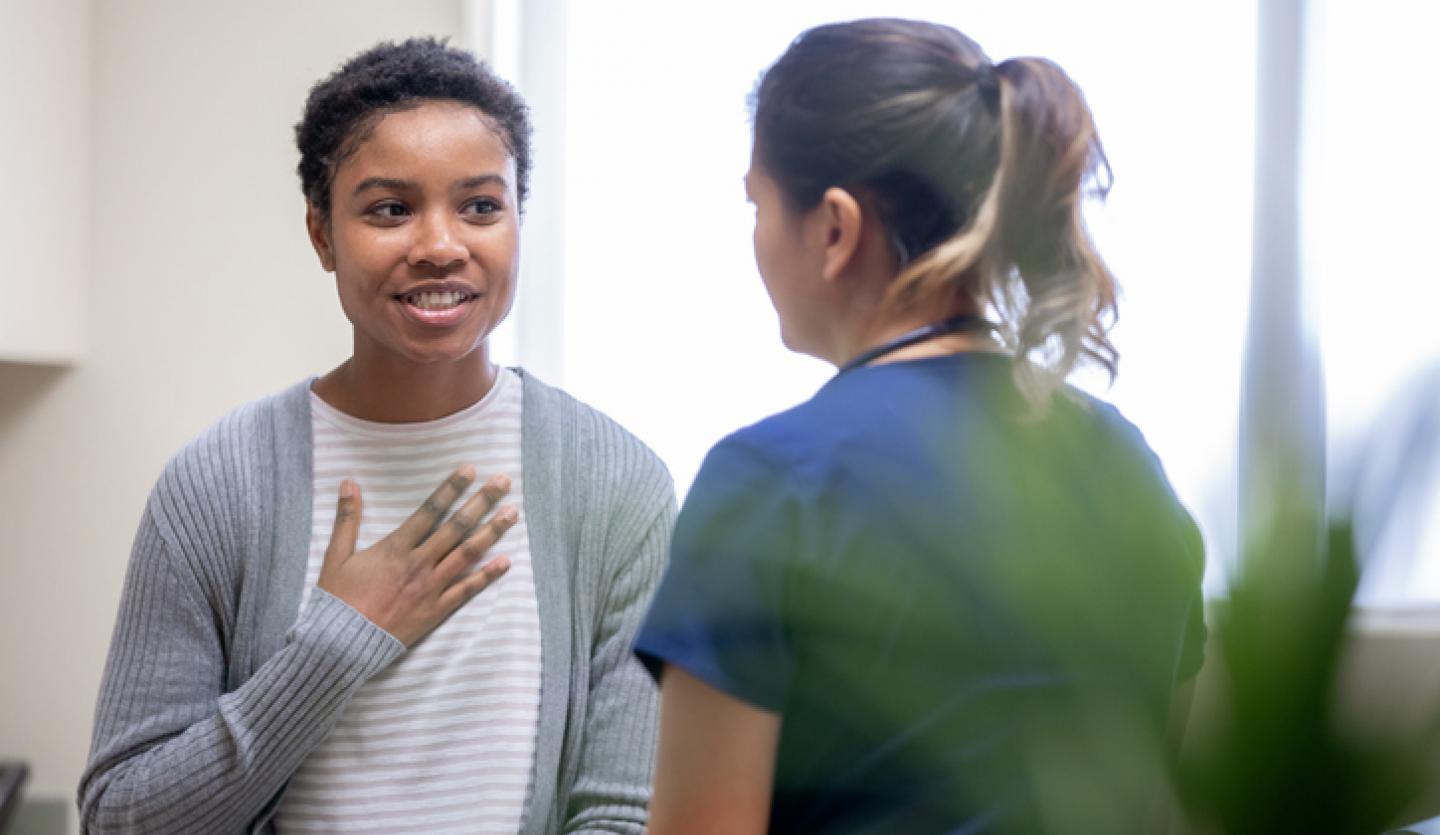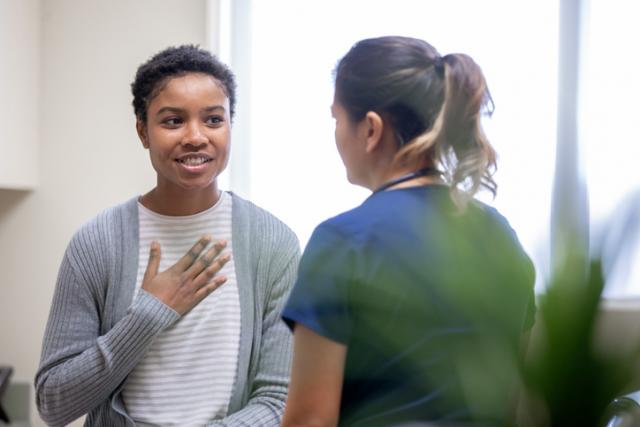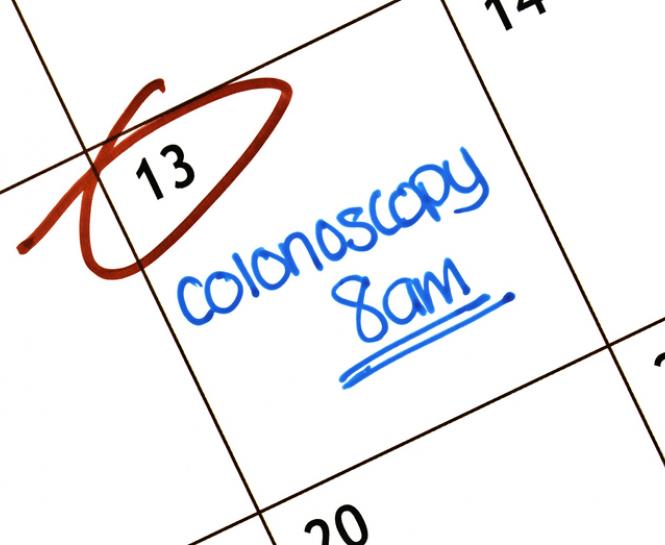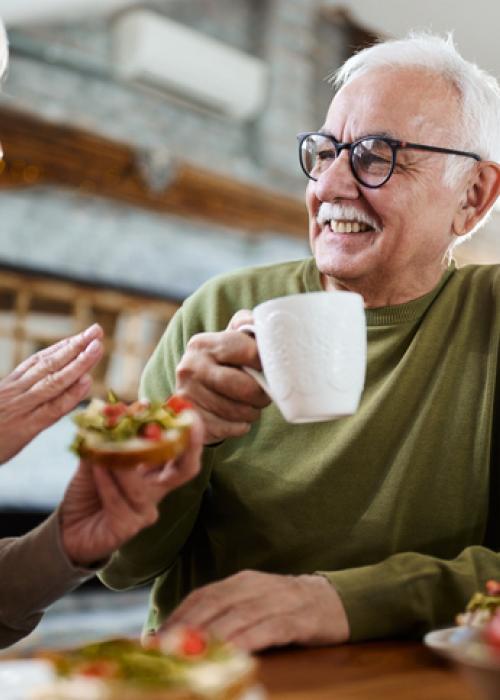An endoscopy is a nonsurgical procedure used to help identify and treat issues in your digestive tract. The most common type of endoscopy is an upper endoscopy performed by a gastroenterologist to examine your upper digestive system, which includes the esophagus, stomach and duodenum (beginning of the small intestine).
Why do I need an upper endoscopy?
Your doctor may recommend an upper endoscopy to:
- Evaluate potential causes for stomach pain, nausea, vomiting, heartburn
- Evaluate potential causes for difficulty swallowing
- Evaluate recurring gastroesophageal reflux disease (GERD), a more serious form of acid reflux
- Detect ulcers
- Detect digestive tract bleeding
- Detect polyps
How do I prepare for an upper endoscopy?
Your doctor will give you specific instructions to follow before the exam. Always follow your doctor’s instructions and ask questions if you need further direction.
The most common instructions include:
Fasting. To ensure your digestive system is empty before your endoscopy, you will need to stop eating solid food for eight hours and stop drinking liquids for four hours.
Stop taking certain medications. This may include blood thinners.
For some patients, a colonoscopy and upper endoscopy will be scheduled and performed the same day. Those instructions, and the preparation, will needed to be followed closely and should be discussed with your doctor in advance.
What is the difference between an upper endoscopy and a colonoscopy?
Your doctor may recommend a colonoscopy for several reasons, including: screening for colorectal cancer; to look for and remove polyps; and to help diagnose intestinal issues. A gastroenterologist will examine the inside of your colon with a colonoscope (a long, flexible camera) that is inserted through the rectum.
A colonoscopy requires more preparation than an upper endoscopy. Learn how to prepare for a colonoscopy.
What happens on the day of my upper endoscopy?
An upper endoscopy involves sedation. You will not be able to drive after the procedure. Make sure to arrange transportation to and from the facility where you will have the endoscopy.
After you are sedated, your doctor will insert an endoscope via your mouth that will then travel down your esophagus. An endoscope is a flexible tube with a tiny camera that sends images to a video screen. The images allow your gastroenterologist to check for polyps, ulcers and other abnormalities in your digestive tract.
During an endoscopy, the scope is able to take tissue samples and remove polyps.
The endoscope is slowly retracted through your mouth when the exam is finished. An upper endoscopy typically takes 15 to 30 minutes.
What happens after my upper endoscopy?
You will be taken to a recovery room after the exam is completed. Once you are awake from sedation and the sedation has worn off, your doctor will meet to discuss next steps and when you can expect results. For some patients, the results may be immediately given after the procedure. For example, if an ulcer was detected or polyps were removed. If tissue samples were taken, your doctor will follow-up once the results are received from the testing facility.
Some patients have mild symptoms after an endoscopy, including sore throat, bloating, cramping and gas. These symptoms are typically temporary but you should contact your doctor if you have any concerns.
You should rest for the remainder of your day after an endoscopy and wait until the following day to resume normal activities.
Taking care of your digestive health is an important part of your health care journey. Keeping up with your annual exam and recommended health screenings helps to catch health issues when most treatable.
Call 866-MY-LI-DOC (866-695-4362) to find a Catholic Health physician near you.







